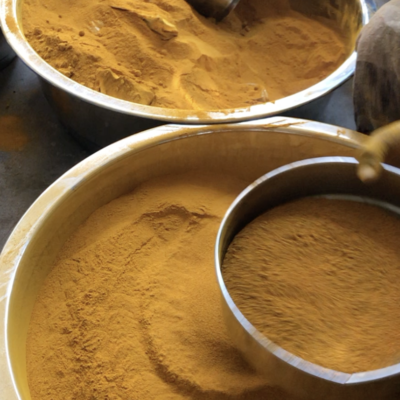
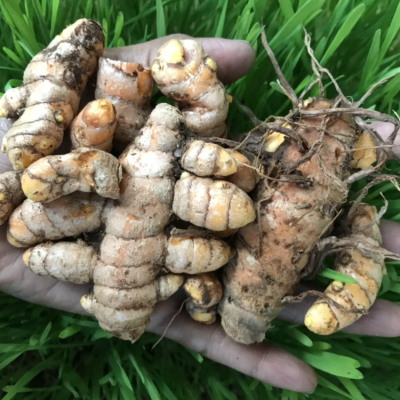

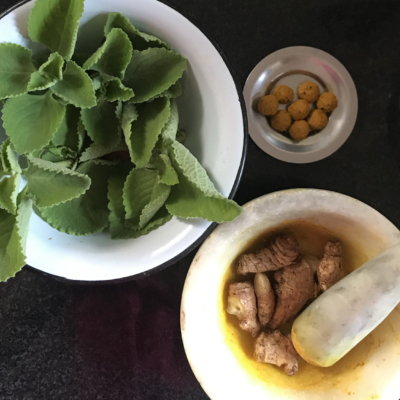






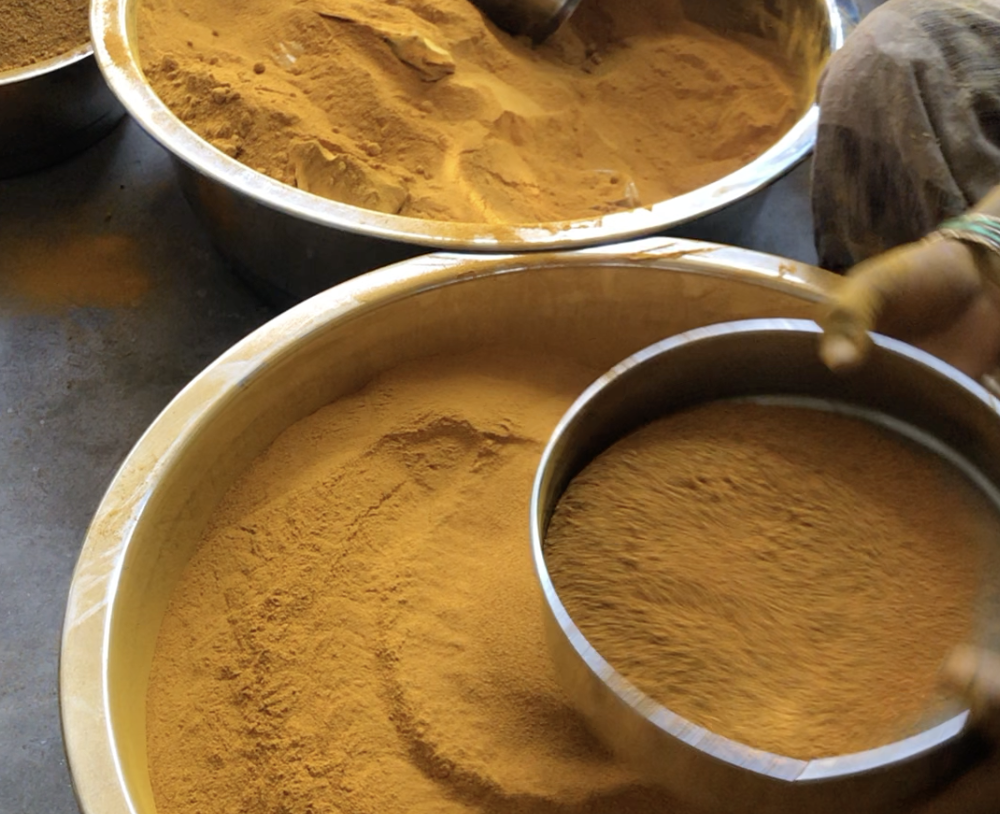
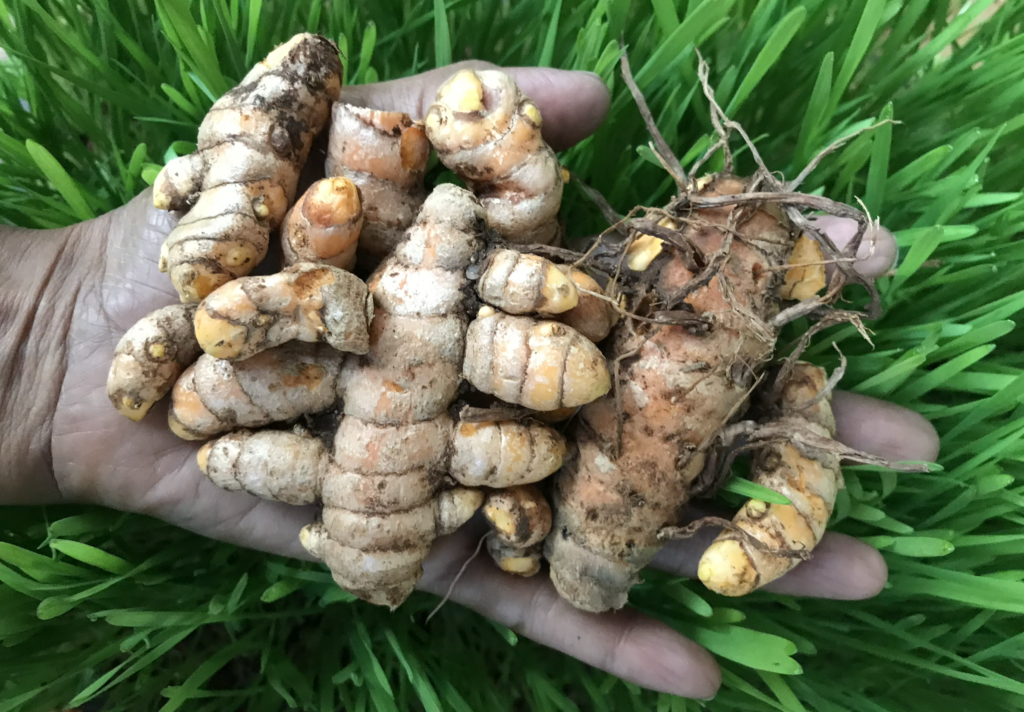
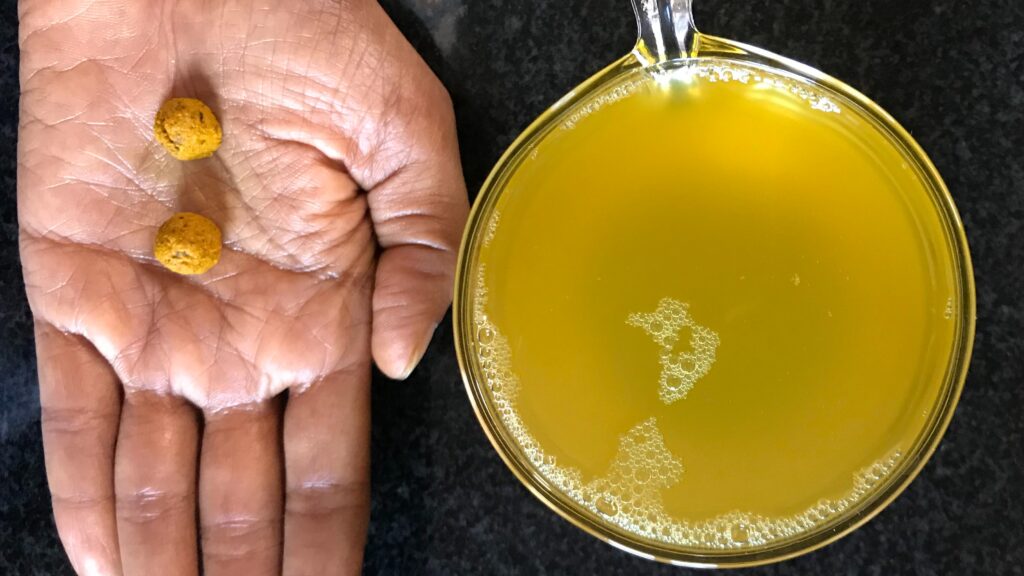
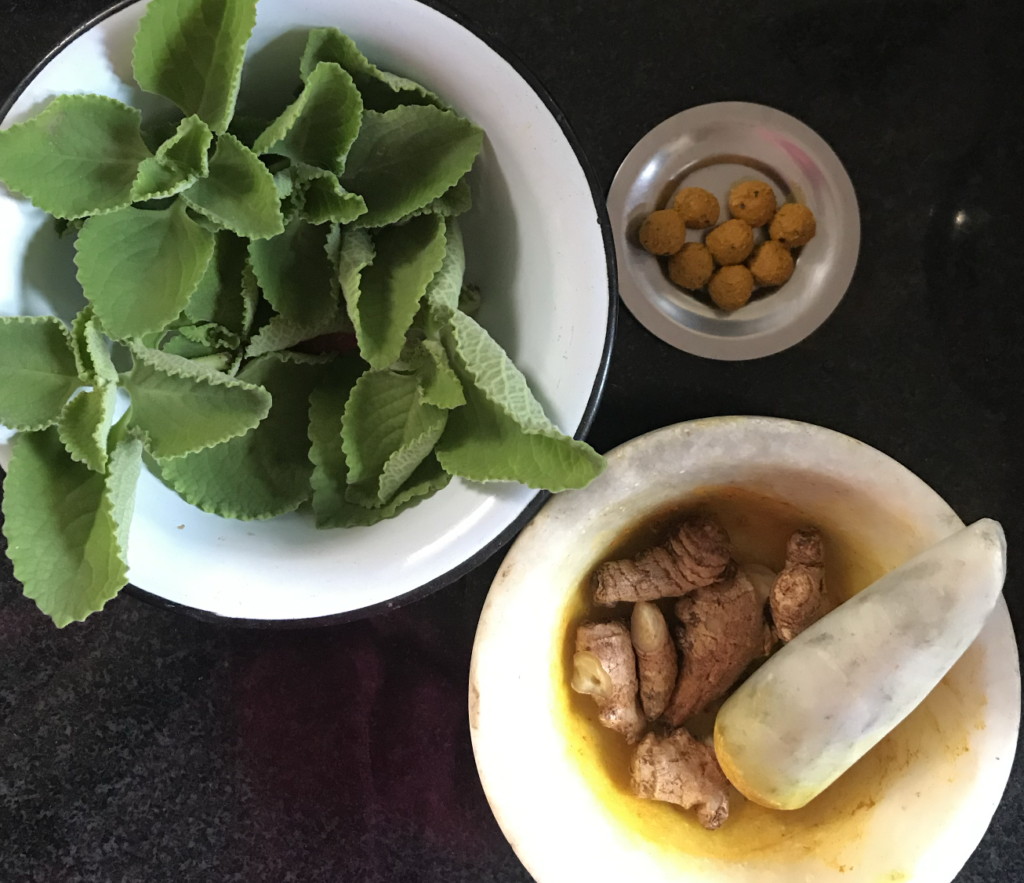




Turmeric/Pasupu/Haldi is not just a spice; it’s an integral part of our culture, gracing our kitchens, pooja rooms, and medicine cabinets for centuries. Its incredible healing properties have gained even more recognition during the Covid-19 pandemic, prompting a closer look at its benefits. Recently, I had the pleasure of receiving freshly dug turmeric from one of our prized farmers, which inspired me to explore this golden spice’s significance in our culture and its growing popularity in the Western world.
Traditionally, men were never served food without haldi, symbolising its importance as a health and wellness enhancer. This age-old tradition reflects our deep-rooted belief in turmeric’s ability to promote good health and vitality. Growing up, I often heard my mother emphasise the significance of serving food with pasupu to men, a practice that puzzled me as a child!! Why only men??
Turmeric’s impressive health benefits extend to its potent anti-inflammatory properties. The key compound responsible for this attribute is curcumin, which works by inhibiting inflammatory enzymes. From alleviating arthritis to soothing digestive issues, curcumin makes turmeric a natural remedy for various ailments.
But turmeric is not just an anti-inflammatory powerhouse; it’s also a treasure trove of antioxidants that combat free radicals in the body. These free radicals can cause oxidative stress and contribute to chronic diseases. While turmeric is widely known for its anti-inflammatory and antioxidant properties, its role as an immunity booster often goes unnoticed. The combined effects of reducing inflammation and neutralising harmful molecules strengthen the body’s defences. During the Covid-19 pandemic, many turned to freshly made turmeric balls as a daily supplement, or concocted ginger, turmeric, and black pepper tea for added protection. Some also opted for curcumin capsules to consume higher quantities of this beneficial compound.
Turmeric’s warming properties, as classified in Ayurveda, label it as a “heat-forming” spice. This categorization sometimes raises concerns about consuming large quantities, especially in warm weather. However, turmeric can be enjoyed year-round. Staying hydrated with water and embracing seasonal fruits and vegetables helps balance the warming effect of turmeric, making it suitable for all seasons.
One intriguing aspect of turmeric is its curcuminoid content, which varies significantly, ranging from 2% to 9%. This variation depends on factors like geographical origin and soil conditions. Regions like Kerala produce Alleppey Finger turmeric, known for its deep colour and high curcumin content. In contrast, Tamil Nadu’s Erode turmeric, or Erode Manjal, boasts an earthy flavour that’s just as celebrated. Varieties like Sangli turmeric, Nizamabad turmeric, Salem turmeric, Nadur turmeric, Sathuvachari turmeric, Sindhudurg turmeric, Krishna turmeric, and Nagaland turmeric further diversify the culinary landscape of turmeric in India. How can any festival or ritual be performed without the use of turmeric on this subcontinent?
In conclusion, turmeric, with its anti-inflammatory properties, antioxidant prowess, and immunity-boosting capabilities, has earned its reputation as a healing spice. Whether you choose to boil it to enhance its bioavailability or use it raw in your culinary creations, turmeric continues to symbolise health and vitality across various traditions. As you embrace its richness and unlock its potential, may turmeric enrich your life with wellness and vibrancy. Of course you can add turmeric to your curries and smoothies, or have it as is by adding water to dry turmeric but make sure to ensure the balls are not dry as they can get stuck in your throat. Another way to integrate turmeric into your diet is to make tea. Here’s the recipe for ginger turmeric tea:
Ingredients:
or ½ tea spoon of dry ginger can be substituted
Steps
Make sure to check out our ladies reactions to and remembrances of Haldi on our Instagram page @vibrantlivingbysridevijasti.
